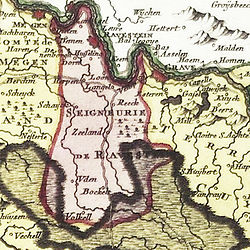| Submission declined on 10 November 2024 by HitroMilanese (talk). This submission is not adequately supported by reliable sources. Reliable sources are required so that information can be verified. If you need help with referencing, please see Referencing for beginners and Citing sources.
Where to get help
How to improve a draft
You can also browse Wikipedia:Featured articles and Wikipedia:Good articles to find examples of Wikipedia's best writing on topics similar to your proposed article. Improving your odds of a speedy review To improve your odds of a faster review, tag your draft with relevant WikiProject tags using the button below. This will let reviewers know a new draft has been submitted in their area of interest. For instance, if you wrote about a female astronomer, you would want to add the Biography, Astronomy, and Women scientists tags. Editor resources
Once you save your changes using the "Publish changes" button below, you will be able to resubmit your draft for review by pressing the "Resubmit" button that will appear here. |  |
 Comment: The topic may be notable, but it lacks sufficient sourcing. References from reliable sources are essential to establish notability. Hitro talk 17:17, 10 November 2024 (UTC)
Comment: The topic may be notable, but it lacks sufficient sourcing. References from reliable sources are essential to establish notability. Hitro talk 17:17, 10 November 2024 (UTC)
Land of Ravenstein | |
|---|---|
 1761 | |
| Capital | Ravenstein |
| Official languages | Dutch |
| Demonym(s) | Ravensteiners |
| Government | Lord |
| Area | |
• Total | 137 km2 (53 sq mi) |
| Currency | Dutch Guilder |
| Today part of | |


The Land of Ravenstein was a sovereign state along the Meuse during the entire Ancien Régime and included the two main towns of Ravenstein and Uden. After 1815, the Land of Ravenstein became part of the new province of North Brabant.
The Land of Ravenstein, contrary to what is sometimes stated, was neither administratively nor territorially part of the Duchy of Brabant. For that reason, the country was able to retain its independent status after 1648, while the adjacent Meierij van 's-Hertogenbosch came under the United Provinces as part of Staats-Brabant. However, the Republic did not hesitate to assert its power in the Land of Ravenstein in a few cases, which led to conflicts with the German princely houses that ruled over Ravenstein on several occasions.